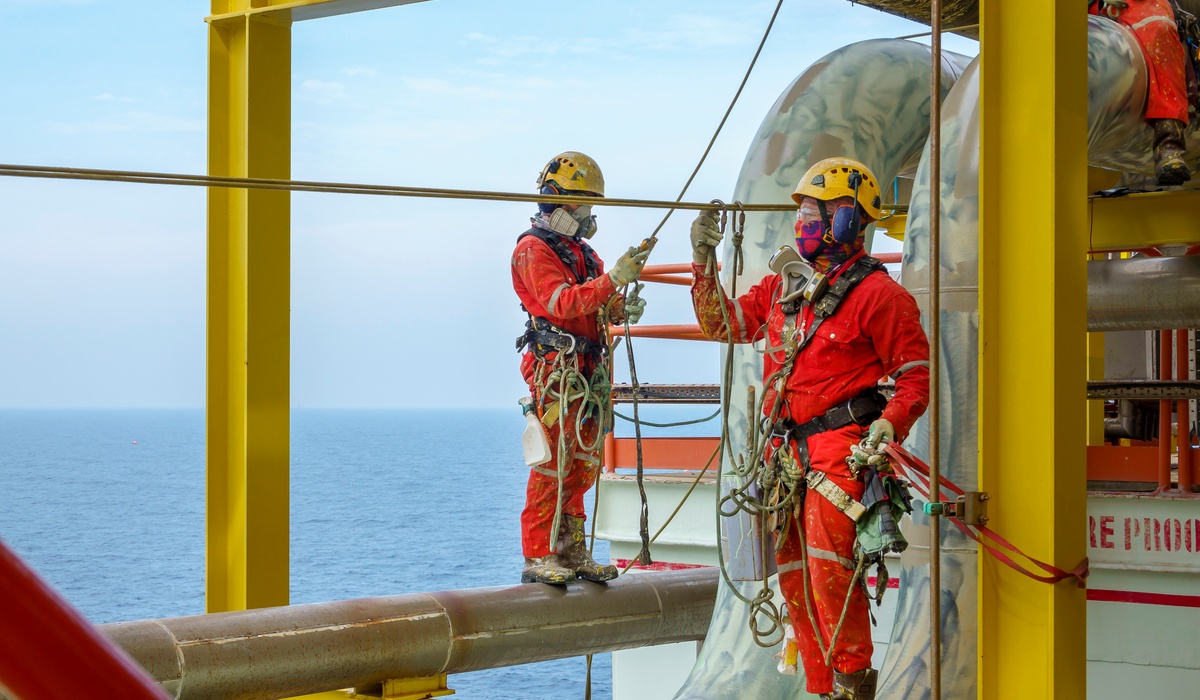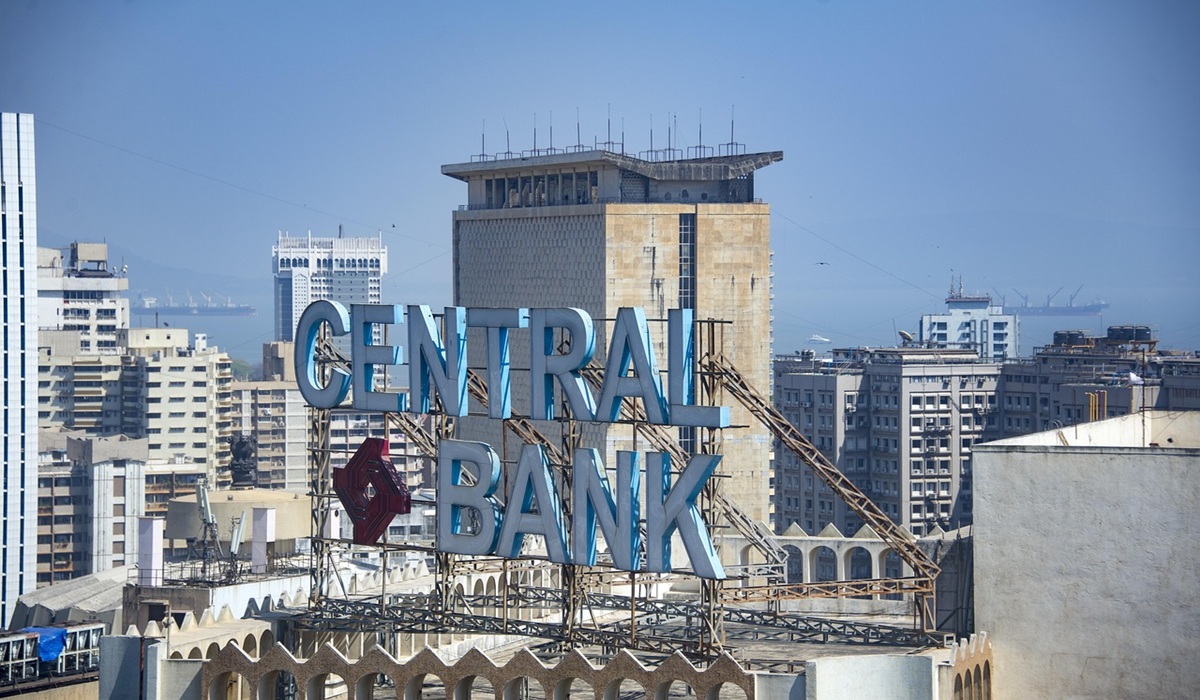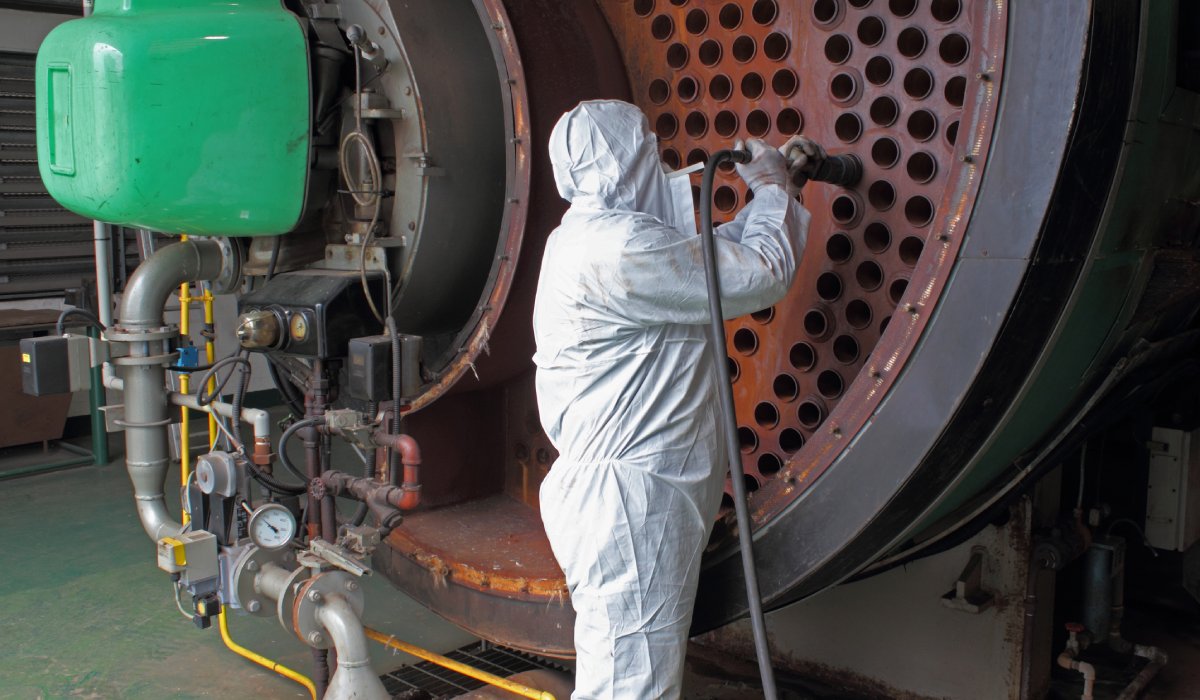When you’re operating in extreme environments, a rope can mean the difference between success and disaster. From scaling icy cliffs to enduring saltwater conditions or punishing UV exposure, ropes are crucial lifelines. Selecting the right rope for extreme environments ensures safety and reliability in the face of these challenges. By understanding the demands of the environment, mechanical requirements, and material options, you can make an informed choice that withstands even the harshest conditions.
What type of environmental conditions do you work in? Many factors can affect the integrity of the rope you choose. Exposure to saltwater can corrode and weaken materials, while UV radiation causes fibers to degrade over time. Extreme heat, cold, abrasive surfaces, and prolonged interaction with chemicals or moisture further challenge a rope’s durability. Identifying these hazards helps you eliminate unsuitable options early on.
Mechanical demands, such as tensile strength, are just as essential to keep in mind when choosing your rope. The rope must meet load requirements, whether for prolonged tension or sudden shock loading. Consider tensile strength, flexibility, and whether you need low-stretch properties for stability. Duration of use also matters, as ropes for short-term tasks may prioritize different qualities than those required for long-term reliability.
Material selection ultimately dictates whether a rope can handle the combined environmental and mechanical demands. People often debate synthetic fiber rope versus traditional rope, especially when durability is key. In many cases, synthetic fiber rope outperforms traditional rope options under extreme conditions. Synthetic options like polyester offer exceptional resilience, while natural fibers and metals may suit only specific, controlled scenarios.
No matter the material, testing and certification remain vital steps. Safety ratings, hardware compatibility, and regular inspections ensure the rope meets industry standards. Documentation of testing results, material certifications, and manufacturing quality control provides the verification necessary for critical applications where failure is not an option. These measures provide peace of mind to help safeguard both performance and safety even under the most severe conditions.
Selecting the right rope for extreme environments is a technical and deliberate decision that directly impacts your safety and success. You must carefully analyze every factor, from environmental hazards to load requirements. With informed choices and reliable materials, you can achieve both performance and safety, even in the harshest conditions.









